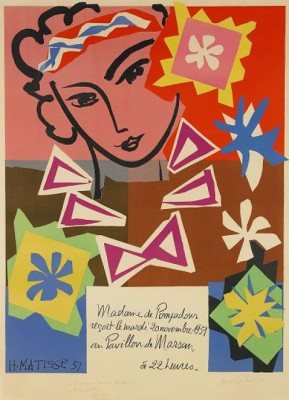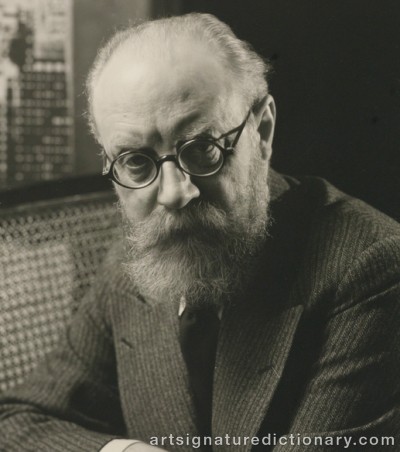
Henri MATISSE
1869–1954, France
Also known as: HM
Auction results
Browse authenticated auction records and market prices for artworks. These verified auction results provide valuable market data and price references.
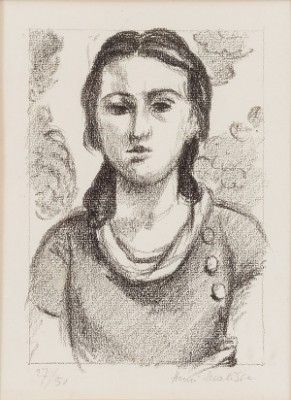
Tête De Jeune Fill
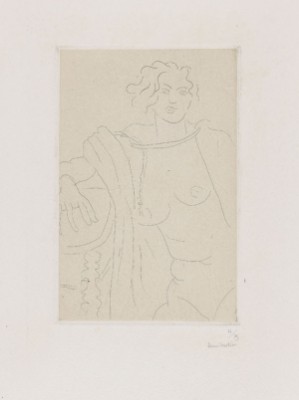
Figure Assise, Le Bras Droit Appuyé Sur Une Table (1929)
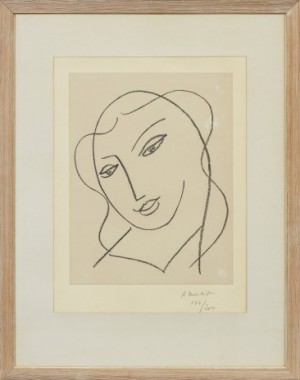
Etudes Pour La Vierge Tête Voilée
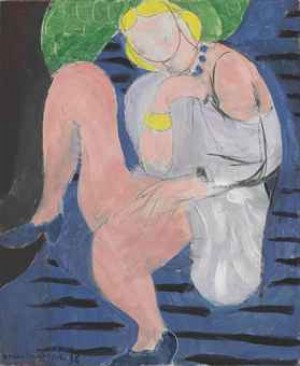
Nu Assis, Fond Bleu (-36)
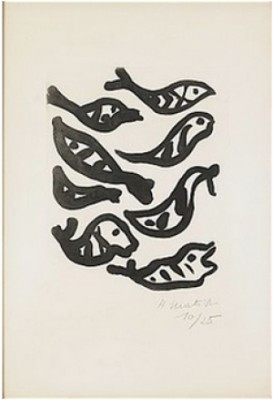
étude Pour La Nappe Liturgique De La Chapelle De Vence I (1949)
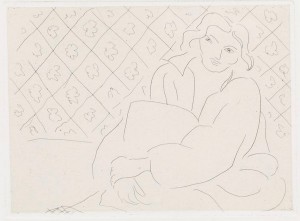
Figure Assise Sur Fond De Carreaux Fleuris (Executed in 1929)
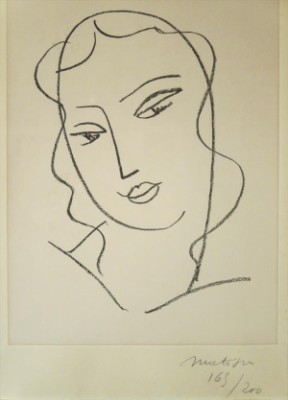
Etudes Pour La Vierge - Tête Voilée (1951)
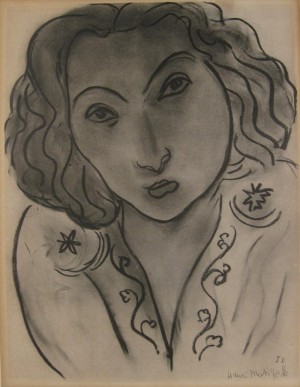
Portrait Of A Woman
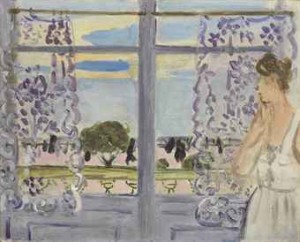
Femme Auprès De La Fenêtre (Executed in 1919)
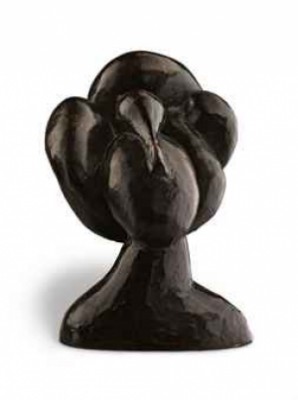
La Tiaré (Conceived in 1930)
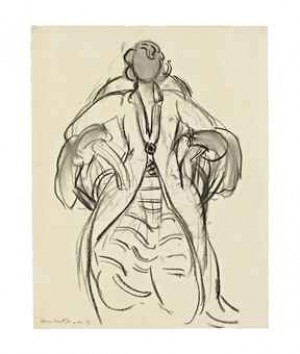
Etude Pour La France (1939)
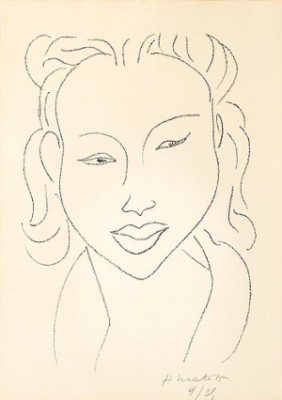
Matisse (1947)
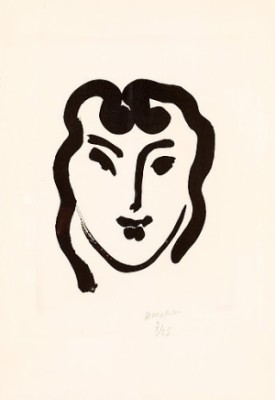
Patitcha Souriante (1947)
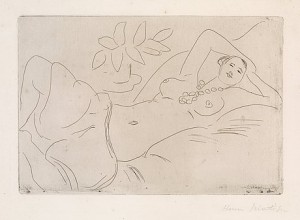
Odalisque Couchée (1923)
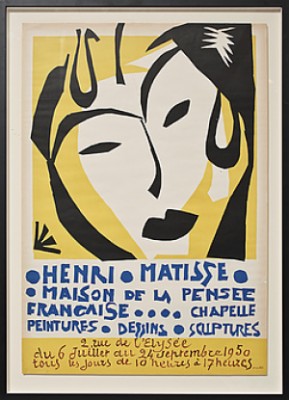
Maison De La Pensée Francaise (1950)
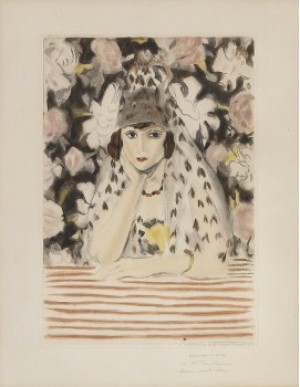
Espagnole à La Mantille (1925)
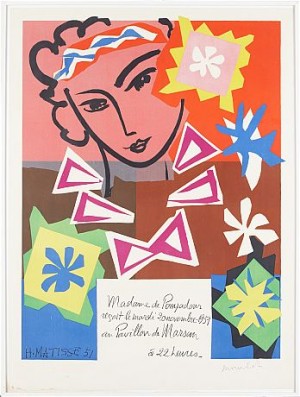
Madame De Pompadour (-51)
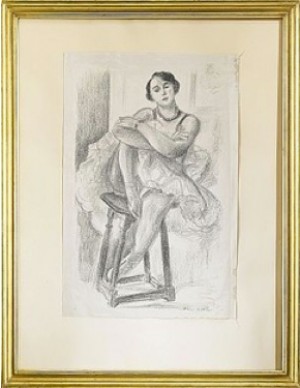
Dix Danseuses: Danseuse Au Tabouret (1925-26)
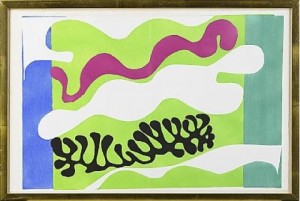
Le Lagon (jazz, Pl. Xvii) (1947)
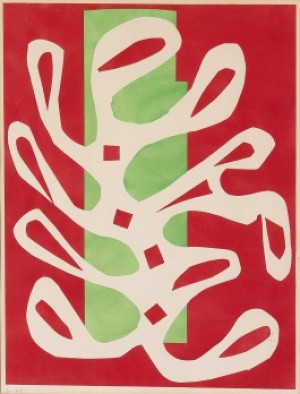
Algue Blanc Sur Fond Rouge Et Vert
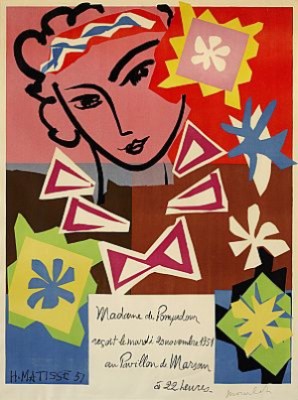
Madame De Pompadour (Executed 1951)
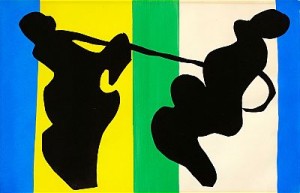
Le Cow-boy (jazz, Pl. Xiv) (Executed 1947)
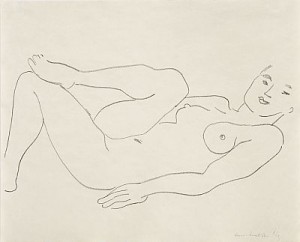
Nu, Jambe Repliée - étude De Jambes (Executed 1925)
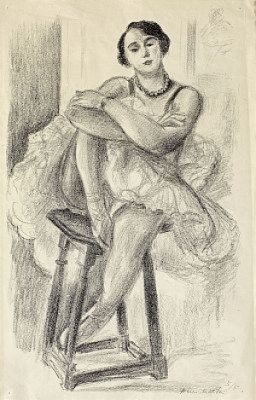
Dix Danseuses: Danseuse Au Tabouret (Executed 1925-26)
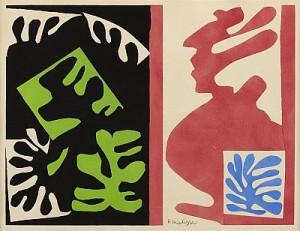
Composition
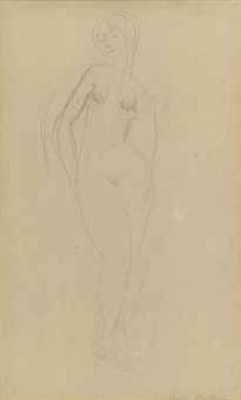
Nu
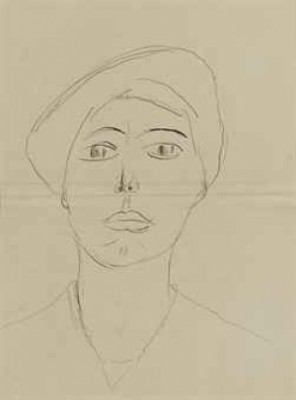
Portrait De Femme
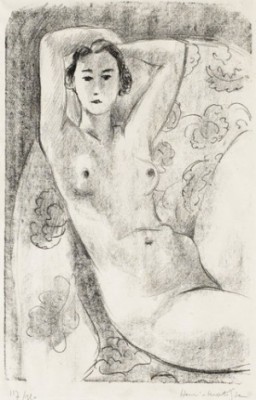
Nu Assis Dans Un Fauteuil Au Décor Fleuri (1924)
La Cité - Notre-dame (1937)
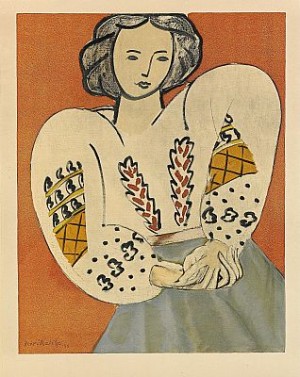
La Blouse Paysanne (ca 1950)
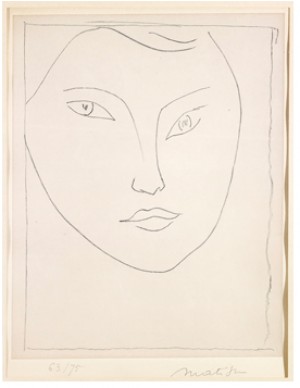
Portrait De Claude B
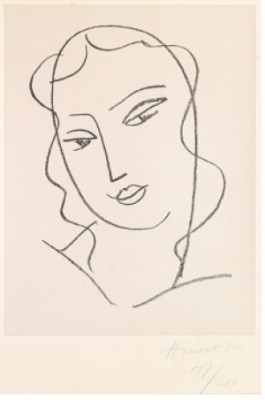
Tête Voilée
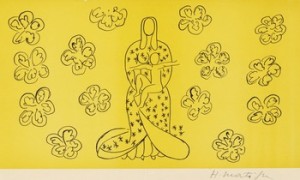
Vierge à L'enfant Debout (1949)
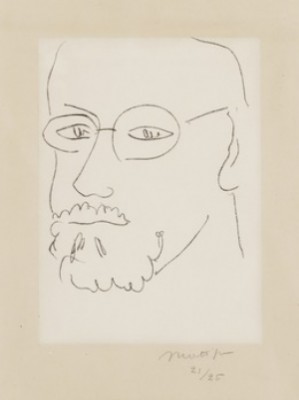
Autoportrait De Trois-quarts (1948)
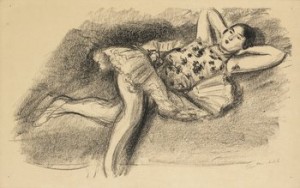
Danseuse étendue Au Divan, Ur Dix Danseuses (1925-26)
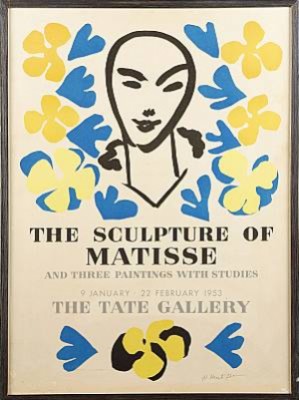
The Sculptures Of...1953
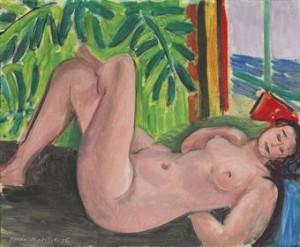
Nu Aux Jambes Croisées (1936)
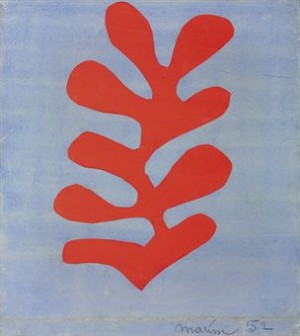
Algue Rouge Sur Fond Bleu Ciel (1952)
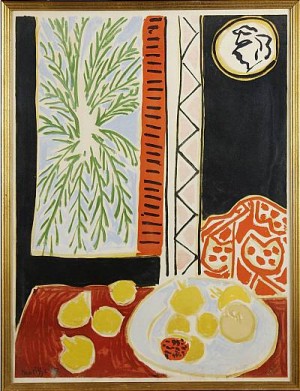
Efter, Nice Travail Et Joie (1947)
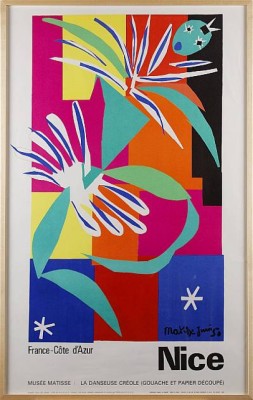
France-cöte D´azur, Nice, La Danseuse Creole
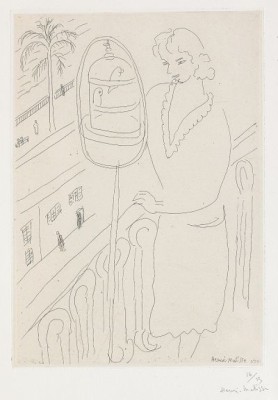
Jeune Femme Au Balcon, Observant Des Perruches (1929)
